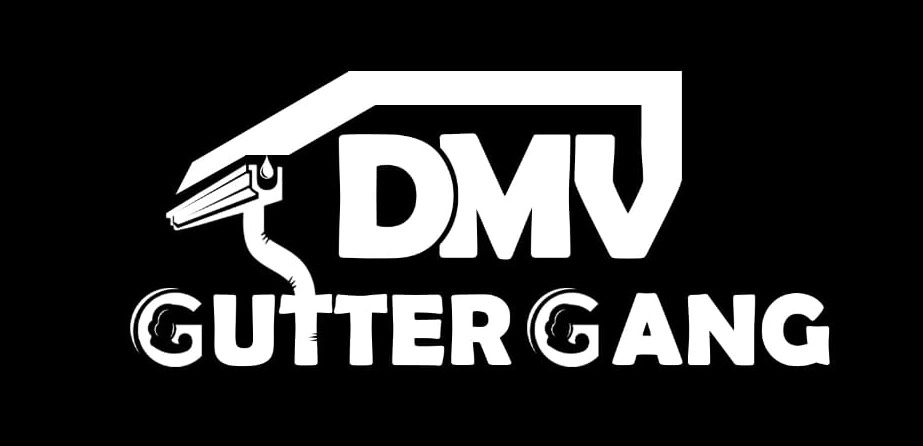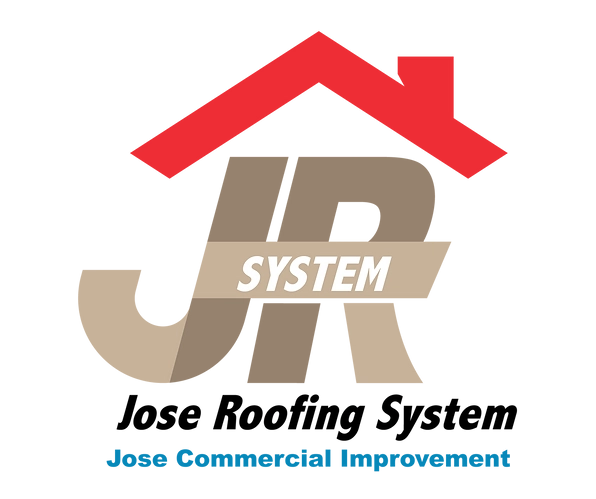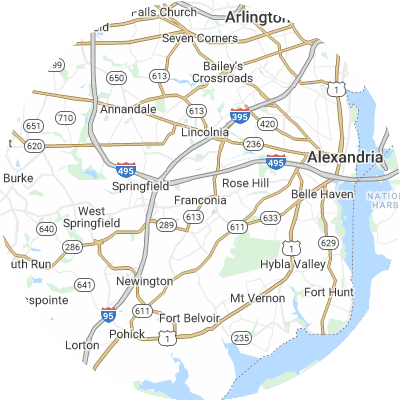Signs You May Need Gutter Guards
Gutter guards aren’t always needed, but symptoms of blocked and overflowing gutters are clear. Signals of chronic gutter issues include:
- Leaky joints or seams where water leaks from the gutters
- Soggy ground or visible erosion patterns around your foundation
- Mold growth, peeling exterior paint, or interior water stains on walls near gutters.
- Visibly damaged, sagging, or misaligned gutters that no longer direct rainwater correctly
- Frequent clogs that lead to overflow and water spilling over gutters
How To Choose a Gutter Guard Installer
Assess Their Experience
Providers with years of gutter guard installation experience that have worked with many different styles and models will know how to take accurate measurements and attach guards to your home’s unique dimensions. Contact these companies to find out about their experience and ask for local references.
Verify Proper Licensing and Insurance
Make sure that any companies you're considering are properly certified, bonded, and insured, holding both workers compensation and general liability protection. This shields you from liability for possible injuries and accidents. Request current licensing and insurance papers from any potential providers.
Choose Reputable Brands
Look for well-known gutter guard brands such as Gutter Helmet and LeafFilter when selecting an installer. Avoid off-brand or generic no-name guards, which likely do not undergo the same level of rigorous testing.
Seek Custom Fit Services
For top performance, guards should be sized and trimmed on-site to fit your gutters. Select a company that custom sizes and cuts guards for your home rather than using one-size-fits-all guards. Accurately fitted guards won't have any gaps where debris can get trapped.
Examine Warranties
Top gutter guard companies usually offer 20-year or lifetime warranties that cover rust, clogs, leaks, and other defects. Before choosing a provider, thoroughly review the warranty terms for both workmanship and materials guarantees. Warranties are the best way to safeguard your investment into your gutters.
Check Reviews and Referrals
Take some time to research online reviews on Google Reviews, Yelp, the Better Business Bureau (BBB), and other review sites to learn about customer experiences. Ask neighbors to recommend quality local gutter guard companies. When researching providers, you should choose companies with consistent positive feedback instead of just one or two reviews.
Types of Gutter Guards
There are six most common gutter guard types. These include the following:
- Foam guards consist of pieces of foam that are placed in your gutters to block debris. They're lightweight and easy to install. Foam guards cost roughly $2.47 per linear foot.
- Brush guards are made of large brush bristles that are installed in your gutters, catching debris and allowing water to pass through. On average, you can expect to spend $4.06 per linear foot for brush guards.
- Screen guards have large holes that let water flow through while keeping debris out. On average, you can expect to pay $4.73 per linear foot for screen guards.
- Mesh guards stop debris but allow water to flow through. Mesh guards have even smaller holes than screen guards. They're durable and let debris slide off as opposed to sitting on top of your gutters. On average, you can expect to spend $4.40 per linear foot for mesh guards.
- Micro-mesh guards are usually the most effective. They have smaller holes than standard mesh guards and let even less debris through. Micro-mesh guards cost around $5.45 per linear foot.
- Surface tension guards, sometimes called reverse curve guards, use surface tension to allow debris to slide off while water flows into the gutter. They are normally visible from the ground. Surface tension guards cost roughly $3.47 per linear foot.













